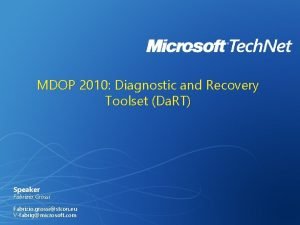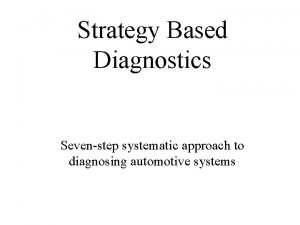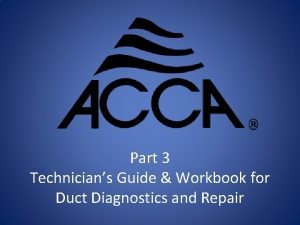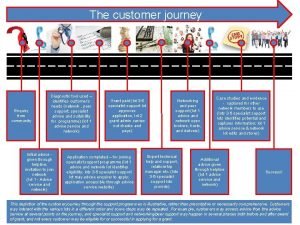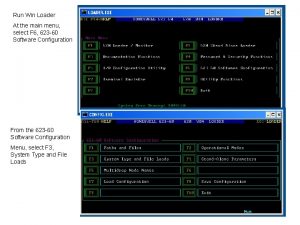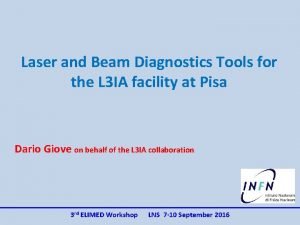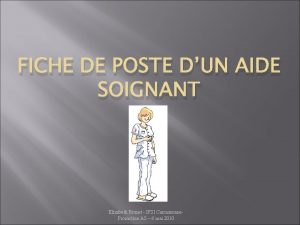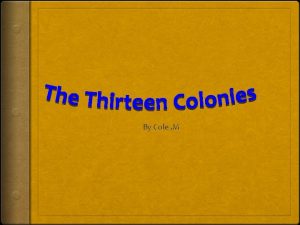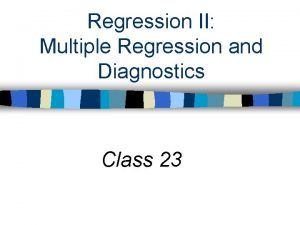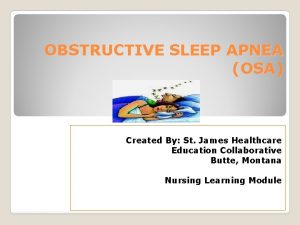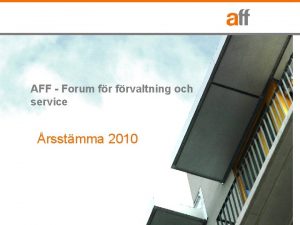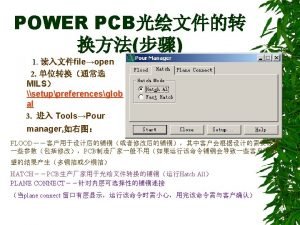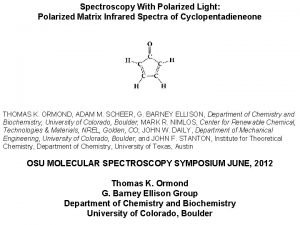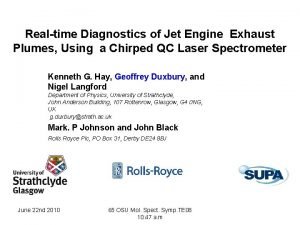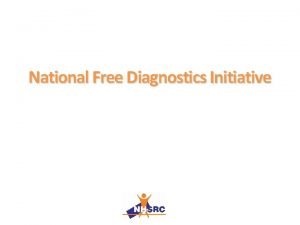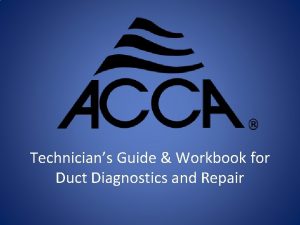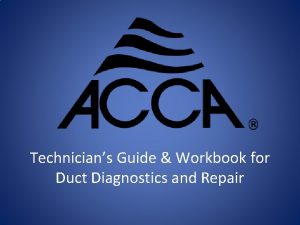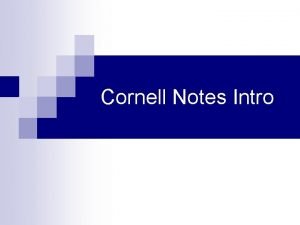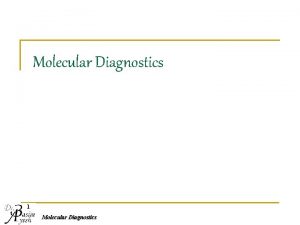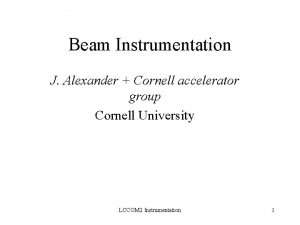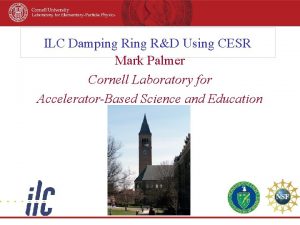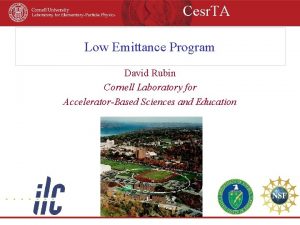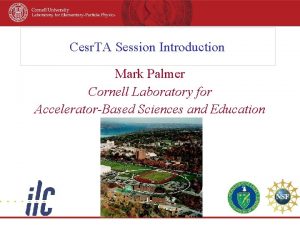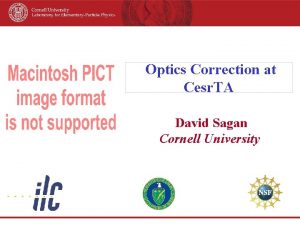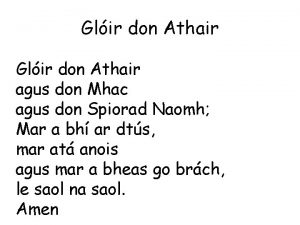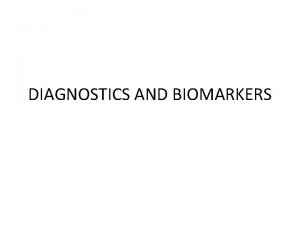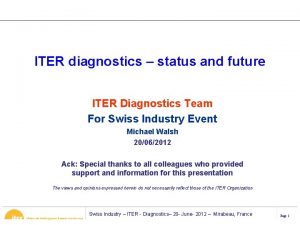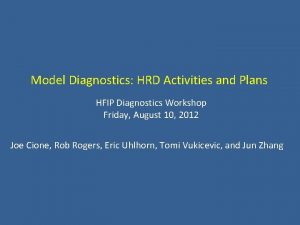Cesr TA Instrumentation and Diagnostics Don Hartill Cornell























- Slides: 23

Cesr. TA Instrumentation and Diagnostics Don Hartill Cornell Laboratory for Accelerator-Based Sciences and Education

Outline • Magnet positions - Survey - Stability • Beam Position Monitor System • Beam Size Measurement • Electron Cloud and Ion Instrumentation • Feedback Systems (Transverse and Longitudinal) July 16 -17, 2007 Joint NSF/DOE Review of Cesr. TA Proposal 2

Magnet Positions • Currently use a Leica Model TDM 5005 Total Station Optical Survey Instrument and a series of monuments with typical spacing of 20 m. • Average angular resolution in the tunnel atmosphere is ~ 3 microradians -> ~ 30 micron spatial resolution for a 10 m path length. Longitudinal resolution is ~ 0. 5 mm on a 10 m path. • Have carried out a series of accelerometer measurements on the quadrupoles and other ring magnets with an instrument that has a noise floor of 10 g for short term stability assessment. • Use our extensive data base of repeated surveys of the magnets during maintenance and upgrade down periods to assess longer term stability. • Some data on magnet positions…. July 16 -17, 2007 Joint NSF/DOE Review of Cesr. TA Proposal 3

Survey Accuracy = 109 microns July 16 -17, 2007 Joint NSF/DOE Review of Cesr. TA Proposal 4

Long Term Magnet Stability July 16 -17, 2007 Joint NSF/DOE Review of Cesr. TA Proposal 5

Short Term Magnet Stability July 16 -17, 2007 Joint NSF/DOE Review of Cesr. TA Proposal 6

Short Magnet Term Stability July 16 -17, 2007 Joint NSF/DOE Review of Cesr. TA Proposal 7

Beam Position Monitor System • Presently have a mixed dedicated digital system with twelve stations and a coaxial relay switched analog to digital system with ninety stations. • Digital system stores up to 10 K turns of bunch by bunch positions with a typical single pass resolution of ~ 30 microns. • From the multi-turn data, individual bunch betatron tunes can be easily determined to < 10 Hz. • Planned upgrade of fully implementing the digital system with installation of 1/2 of the stations at the vertically focusing quadrupoles during year 1, with the other 1/2 during year 2 and all of the stations at the horizontally focusing quadrupoles during year 3. July 16 -17, 2007 Joint NSF/DOE Review of Cesr. TA Proposal 8

BPM Signal Processing and DAQ • DAQ is based on a 72 MHz Digital Signal Processor (DSP) capable of turn-by-turn and bunch-by-bunch data acquisition • Similar architecture for BPM and BSM July 16 -17, 2007 Joint NSF/DOE Review of Cesr. TA Proposal 9

Beam Position Monitor System • BPM resolution July 16 -17, 2007 Joint NSF/DOE Review of Cesr. TA Proposal 10

Individual Bunch Tune Measurements July 16 -17, 2007 Joint NSF/DOE Review of Cesr. TA Proposal 11

Beam Size Measurements • Conventional visible synchrotron light imaging system for light from arc dipoles for both electrons and positrons with a vertical beam size resolution of ~ 140 microns. • 32 element linear photomultiplier array enables multi-turn bunch by bunch vertical beam size measurements using the same electronics as the digital beam position monitor system. • A double slit interferometer system using the same 32 element linear photomultiplier array can provide ~ 70 micron single pass bunch by bunch vertical beam size resolution and better than 25 micron multipass bunch by bunch vertical beam size resolution. 25 micron vertical beam size is ~ twice the beam size at the light source location for 5 pm vertical emittance. July 16 -17, 2007 Joint NSF/DOE Review of Cesr. TA Proposal 12

Off-axis Parabolic Mirror, diameter 4. 5” , f=445 mm Neutral Density Filters Box Ground Glass Grid Gauss Filter 500 ± 40 nm 0. 3 0. 1 0. 01 TV CAMERA Optics 32 CHANNEL PMT ARRAY Beam Size Monitor Eyepiece, f=63 mm Splitter T/R=50/50 Beryllium Mirror in Beam Pipe Shutter CCD Splitter T/R=50/50 Quartz Vacuum Window Expander Lens f=-50 mm Hamamatsu linear PMT array (H 7260 K) followed by a 72 MHz Digital Signal Processor UV Filter Adjustable Mirror Vertical Periscope Positron optics (electron optics similar) e+ Single Turn Fit July 16 -17, 2007 Joint NSF/DOE Review of Cesr. TA Proposal 13

E+ Vertical Beam Size vs. Bunch Current July 16 -17, 2007 Joint NSF/DOE Review of Cesr. TA Proposal 14

Electron Cloud and Ion Instrumentation • Retarding Field Analyzers to provide energy spectrum measurements of the electron cloud. • Flexible bias controls on the RFA’s to provide both electron cloud measurements and with the opposite bias voltage, ion energy and density measurements. • Well instrumented vacuum system with the ability to introduce local pressure bumps in a controlled manner to further isolate ion effects. • Finally, the ability to use either electron beams or positron beams in the same storage ring configuration is essential to understanding Electron Cloud effects and Ion effects separately. July 16 -17, 2007 Joint NSF/DOE Review of Cesr. TA Proposal 15

Retarding Field Analyzer July 16 -17, 2007 Joint NSF/DOE Review of Cesr. TA Proposal 16

Prototype Retarding Field Analyzer in Drift Section of CESR RFA Installation in L 3 section of CESR July 16 -17, 2007 Joint NSF/DOE Review of Cesr. TA Proposal 17

Retarding Field Analyzer Installation in Wiggler Vacuum Chamber July 16 -17, 2007 Joint NSF/DOE Review of Cesr. TA Proposal 18

Feedback Systems • Present digital transverse feedback systems are based on 0. 75 meter long stripline kickers driven by 200 W linear amplifiers. The system is based on using a 14 nsec bunch spacing. • A wideband analog systems using pickups in the north area of the ring and fast coax cables directly driving the 200 W amplifiers after passing through a gating system stabilizes both electron and positron beams with 4 nsec bunch spacing. Witness bunches can be accommodated by combining the present digital system with the new wideband system. • Recent machine studies indicate a longitudinal instability threshold at ~ 20 bunches each with ~ 1 ma. • Present digital longitudinal feedback system is based on a low Q cavity driven by a TWT operating with a center frequency of 1142 MHz. It is based on a 14 nsec bunch spacing and as a result only couples to every 7 th bunch in a train with 4 nsec spacing. A new cavity along with a new amplifier and associated front end electronics will be assembled to provide longitudinal feedback for the 4 nsec bunch spacing. July 16 -17, 2007 Joint NSF/DOE Review of Cesr. TA Proposal 19

Feedback Systems • Simulations predict a longitudinal instability threshold of ~ 18 ma primarily driven by the impedance of the two vertical beam separators in CESR. • Without the vertical separators which are to be removed, the calculated threshold rises to over 130 ma. • With the new longitudinal system and the removal of the vertical separators confident that the beams for Cesr. TA will be stable. July 16 -17, 2007 Joint NSF/DOE Review of Cesr. TA Proposal 20

Wideband Transverse Feedback System July 16 -17, 2007 Joint NSF/DOE Review of Cesr. TA Proposal 21

Feedback Systems Grow damp measurements for transverse feedback system with 4 nsec bunch spacing July 16 -17, 2007 Joint NSF/DOE Review of Cesr. TA Proposal 22

Summary • Optical survey techniques in place will provide an adequate means for aligning CESR magnetic elements. • New Laser. Tracker system will significantly reduce the time required ( x 2 to 3) to align magnets at the beginning of each Cesr. TA running period to maximize the running time during that period. • Magnet stability is more than adequate for Cesr. TA program. • Digital beam position monitoring system has the demonstrated resolution and analysis capability to carry out the Cesr. TA program. • Optical beam size monitoring system is capable of resolving beam sizes within a factor of two of the sizes expected for beam with a 5 pm vertical emittance. This enables early testing of ultra low emittance tuning strategies. • Testing of prototype RFA in CESR drift section is underway. • New wideband transverse feedback system stabilizes both beams with 4 nsec bunch spacing. • Design for longitudinal feedback system for 4 nsec bunch spacing well developed. • Eager to get started on the challenges that await us and the new understanding that will come from the Cesr. TA Program. July 16 -17, 2007 Joint NSF/DOE Review of Cesr. TA Proposal 23
 Cesr application
Cesr application Erd commander 2010
Erd commander 2010 Mitel presenter
Mitel presenter Without asking take something that does not belong to you
Without asking take something that does not belong to you Gm strategy based diagnostics chart
Gm strategy based diagnostics chart Duct diagnostics
Duct diagnostics Customer journey diagnostics
Customer journey diagnostics Loader diagnostics main menu
Loader diagnostics main menu Standard diagnostics inc
Standard diagnostics inc Laser beam diagnostics
Laser beam diagnostics Questions d’entretien diététicien
Questions d’entretien diététicien Birads categories
Birads categories Cole diagnostics jobs
Cole diagnostics jobs Spss casewise diagnostics
Spss casewise diagnostics Cefapodoxime
Cefapodoxime Ramsay scale
Ramsay scale Strongstep diagnostics
Strongstep diagnostics Aff definitioner
Aff definitioner Maximum number of diagnostics exceeded
Maximum number of diagnostics exceeded Molecular diagnostics
Molecular diagnostics Realtime diagnostics
Realtime diagnostics Free diagnostics service initiative
Free diagnostics service initiative Duct diagnostics
Duct diagnostics Duct diagnostics
Duct diagnostics

